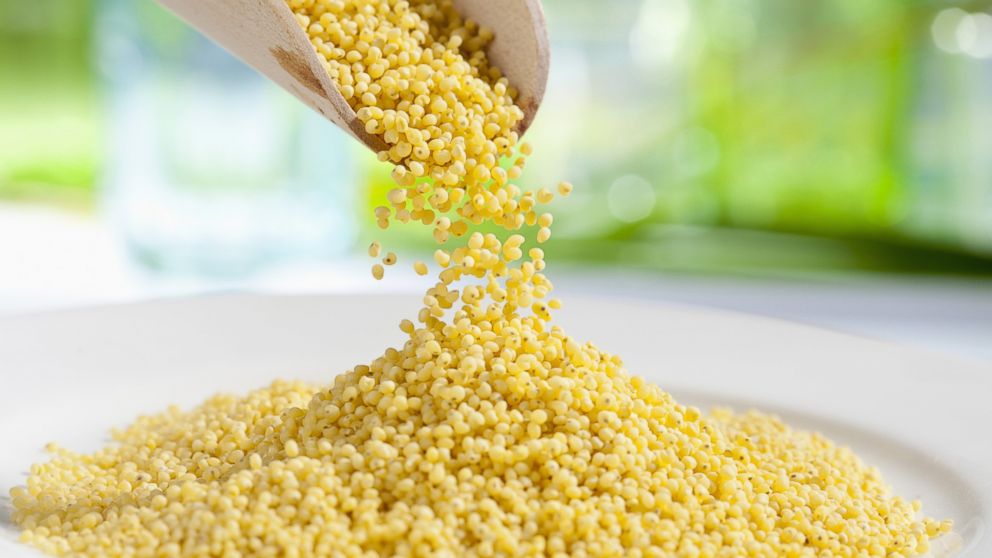Awesome Whole Grains You’re Not Eating
There's more to whole grains than wheat.

— -- intro: You’ve probably had oatmeal for breakfast, and if you haven’t yet tried quinoa I bet you’ve heard of it, or have seen it on a menu or social media recipe (it’s all over Pinterest!). But there are many other whole grains you may not be familiar with, and incorporating them into your food repertoire is well worth the learning curve.
Whole grains are white hot among chefs and nutritionists. They’re versatile, satisfying, and in addition to providing slow-burning starch (think sustained energy!), vitamins, minerals, and antioxidants, whole grains are health protective. Their consumption is tied to a lower risk of heart disease, stroke, cancer, type 2 diabetes, and obesity (yes, a lower risk of obesity).
11 Reasons Why You're Not Losing Belly Fat
Here are eight to try, plus easy, delicious ways to incorporate them into meals and snacks. (And for those with Celiac disease or a gluten intolerance, the first 6 are gluten free.)
quicklist: 1category: Awesome Whole Grains You’re Not Eatingtitle: Black riceurl:text: Black rice is popping up on menus all over the place, in items from sushi to meatloaf. The natural pigment that gives black rice its hue is due to a unique antioxidant tied to protection against heart disease, cancer, and obesity. This is why compared to brown rice, black rice packs more potent anti-inflammatory properties, as well as higher levels of protein, iron, and fiber. While I’ve made black rice at home, my local Thai restaurant offers it as a side, and I’ll use the leftovers in a variety of ways, including as the base for a hot cereal (made with unsweetened coconut milk, fruit, nuts, and ginger), chilled and sprinkled onto in a garden salad, or folded into veggie chili.
6 Surprising Superfoods That Are Black
quicklist: 2category: Awesome Whole Grains You’re Not Eatingtitle: Kaniwaurl:text: This quinoa cousin is similar nutritionally speaking—high in protein, minerals, and antioxidants—but it’s about half the size, so it cooks quickly (about 15 minutes). Like quinoa it’s incredibly versatile. You can whip cooked, chilled kaniwa into a smoothie, fold it into yogurt with fruit, nuts, and cinnamon, add it to a garden salad, or use it in place of bulgur in tabbouleh. Hot kaniwa can be stuffed into peppers, added to a stew, or used any way you’d enjoy quinoa—in burgers, lettuce wraps, frittatas, you name it!
quicklist: 3category: Awesome Whole Grains You’re Not Eatingtitle: Sorghumurl:text: Sorghum, also called milo, originated in Egypt thousands of years ago, and is a staple in Africa. In addition to being nutrient rich, this gluten-free grain is digested and absorbed slowly, so it has a “stick to your ribs” quality that keeps you fuller longer, delays the return of hunger, and helps regulate blood sugar and insulin levels. Sorghum can be used in countless recipes, from smoothies to savory hot or cold veggie salads, but my favorite way to prepare it is to pop it, just like popcorn!




